Lauded as a visionary and a pioneer in facilitating the dialogue between East and West, distinguished Japanese architect Arata Isozaki has been named the Pritzker Prize Laureate 2019.

The Pritzker Architecture Prize named distinguished Japanese architect Arata Isozaki as its 2019 Laureate this week.
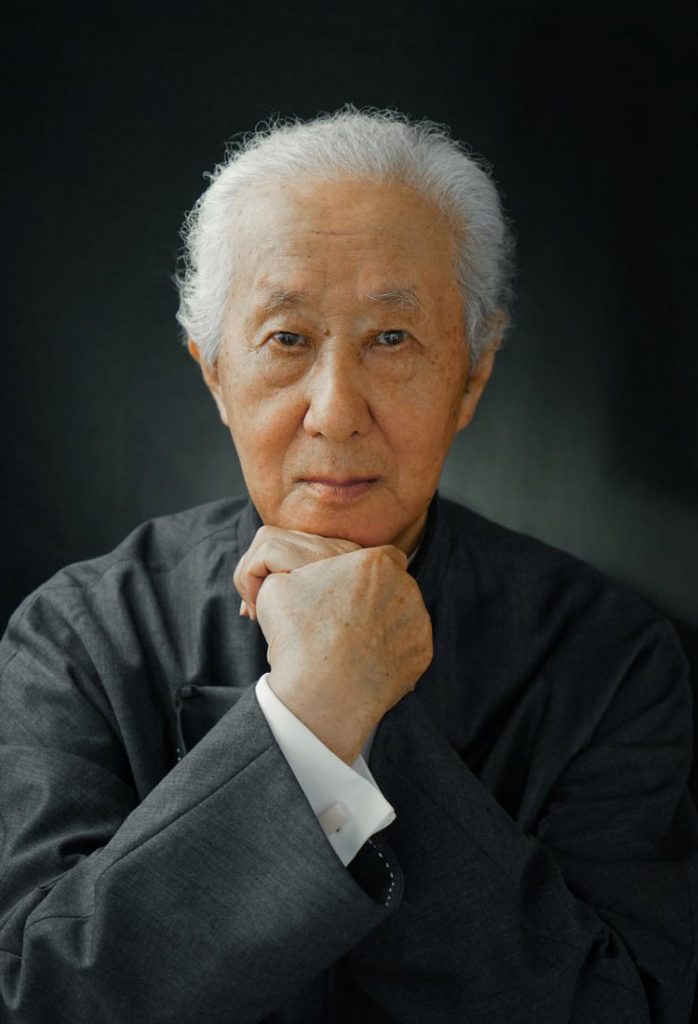
Arata Isozaki
A prolific architect, city planner, theorist and champion of the younger generations in the industry, Isozaki, as the Pritzker jury cited, “Surpasses the framework of architecture to raise questions that transcend eras and borders.”
Isozaki was born in the city of Oita on the island of Kyushu on the onset of World War II. He was 12 years old when his hometown was burned to the ground and the atomic bombs decimated Hiroshima and Nagasaki. “My first experience of architecture was the void of architecture, and I began to consider how people might rebuild their homes and cities,” he said.
Isozaki graduated from the Department of Architecture in the Faculty of Engineering at the University of Tokyo in 1954, and began his career with an apprenticeship under Kenzo Tange (himself a Pritzker Laureate in 1987).
Isozaki made a point to travel extensively to experience life and the built environment in and outside of Japan. “I wanted to see the world through my own eyes, so I travelled around the globe at least ten times before I turned thirty… and through this, I kept questioning, ‘what is architecture?’ ,” he said.
He established Arata Isozaki & Associates in 1963 as Japan was recovering from WWII and started building closer to his hometown, before expanding to other cities in Japan, and eventually other countries.
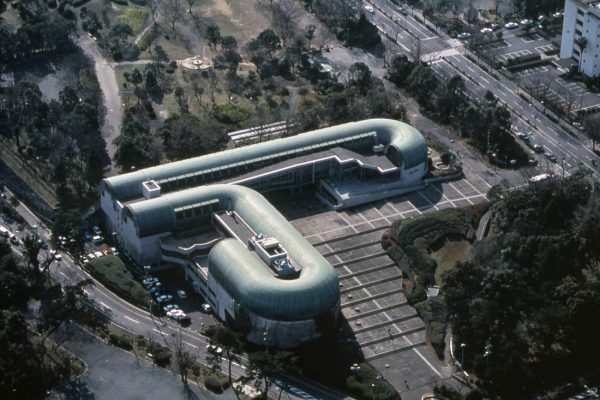
Kitakyushu Central Library, photo courtesy of Fujitsuka Mitsumasa
Significant works in his early career include the Japanese brutalist masterpiece Ōita Prefectural Library (1966), The Museum of Modern Art Gunma (1974 Gunma, Japan), and Kitakyushu Municipal Museum of Art Fukuoka (1974 Fukuoka).
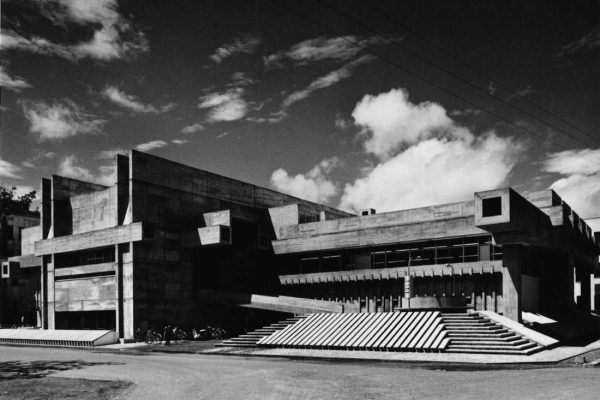
Ōita Prefectural Library, photo courtesy of Yasuhiro Ishimoto
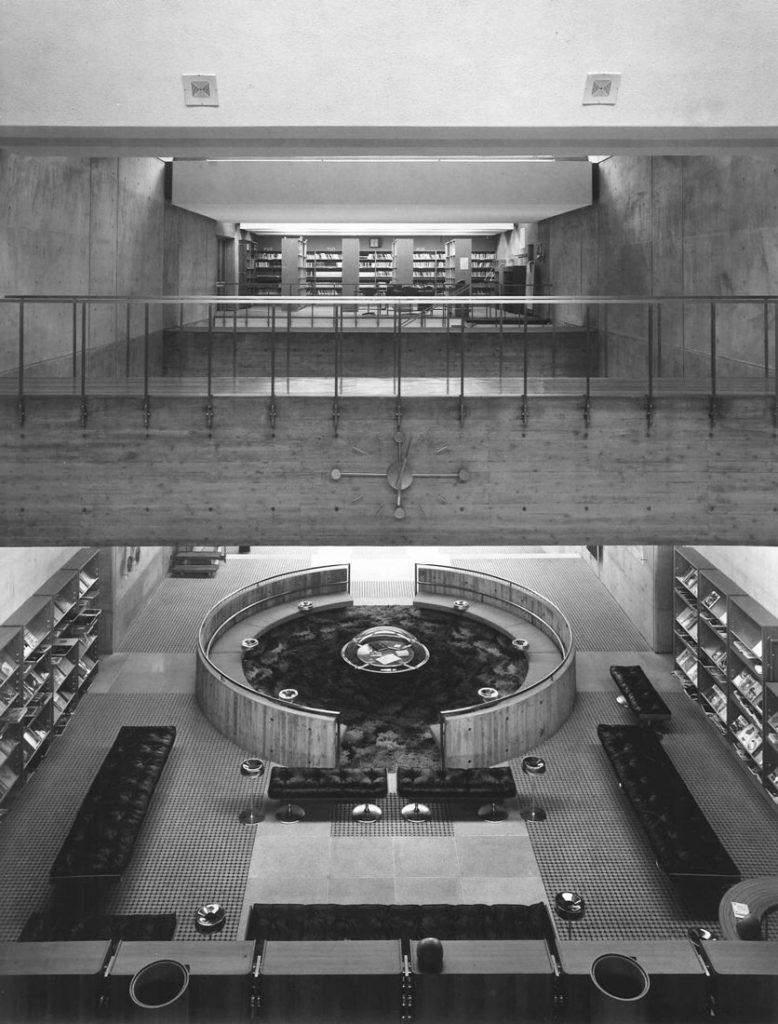
Ōita Prefectural Library, photo courtesy of Yasuhiro Ishimoto

Section perspective, Ōita Prefectural Library, photo courtesy of Arata Isozaki and Associates
“Isozaki’s oeuvre has been described as heterogeneous and encompasses descriptions from vernacular to high tech. What is patently clear is that he has not been following trends but forging his own path,” cited the Pritzker Jury, which includes Pritzker Executive Director Martha Thorne, and past Pritzker Laureates Kazuyo Sejima, Richard Rogers and Wang Shu.
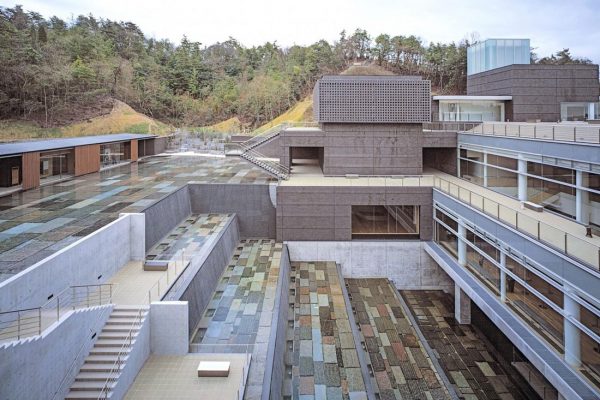
Ceramic Park Mino, photo courtesy of Hisao Suzuki
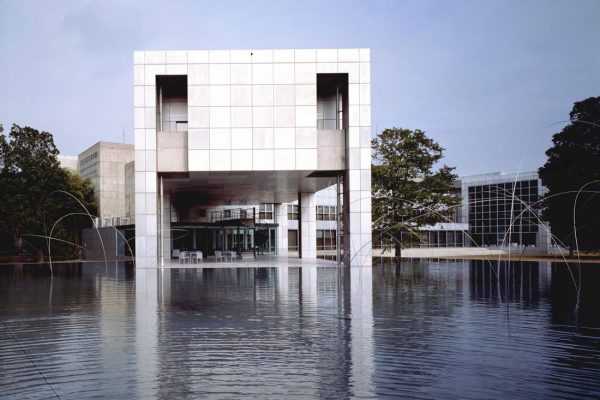
MOMA Gunma, photo courtesy of Yasuhiro Ishimoto
“Isozaki was one of the first Japanese architects to build outside of Japan during a time when western civilizations traditionally influenced the East, making his architecture—which was distinctively influenced by his global citizenry—truly international,” comments Tom Pritzker, Chairman of Hyatt Foundation.“In a global world, architecture needs that communication.”
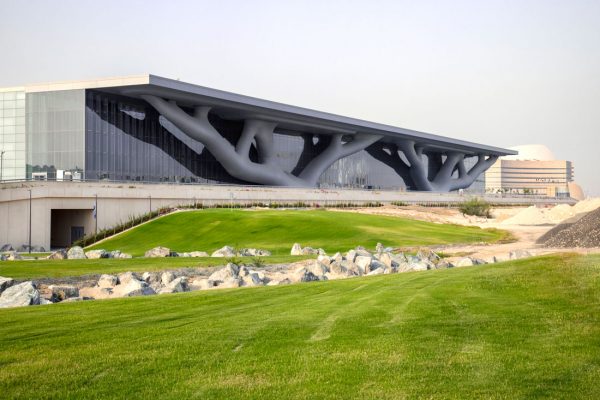
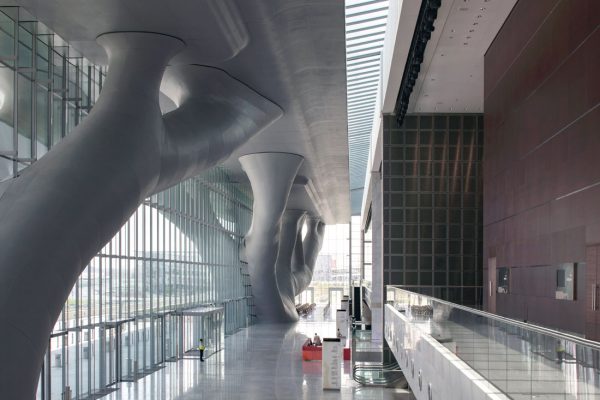
Qatar National Convention Center, photos courtesy of Hisao Suzuki
His most well-known projects outside of Japan include the Museum of Contemporary Art in Los Angeles (1986), the Qatar Convention Center (2011), the travelling inflatable Ark Nova (2013) designed with Anish Kapoor for regions in Japan affected by the 2011 tsunami, Shanghai Symphony Hall (2014) and the elegant Allianz Tower in Milan (2018).
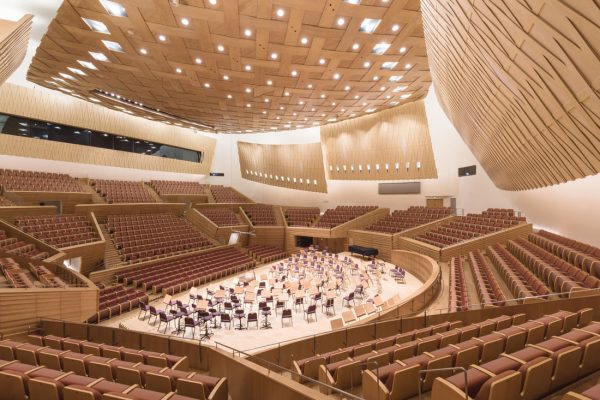
Shanghai Symphony Hall, photo courtesy of Chen Hao
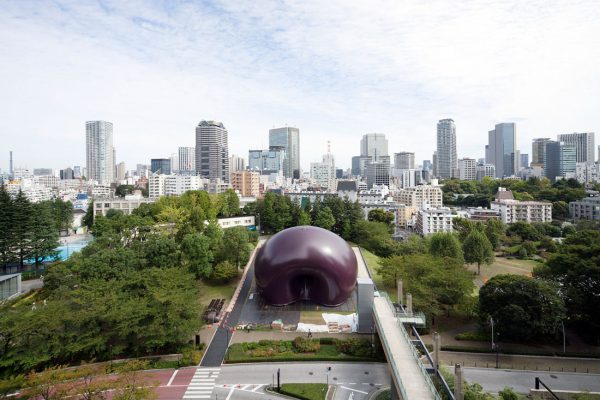
LUCERNE FESTIVAL ARK NOVA, photo courtesy of Iwan Baan
Isozaki is also known for championing young architects from across the globe with endeavours like the Fukuoka Nexus World Housing project (1988-1991) or Toyama Prefecture’s Machi-no-Kao (“face of the city”) program (1991-1999) through which he invited young international architects to develop projects in Japan.
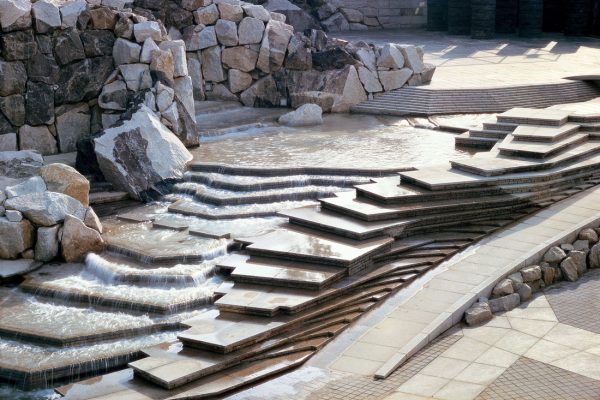
Tsukaba Center Building, photo courtesy of Yasuhiro Ishimoto
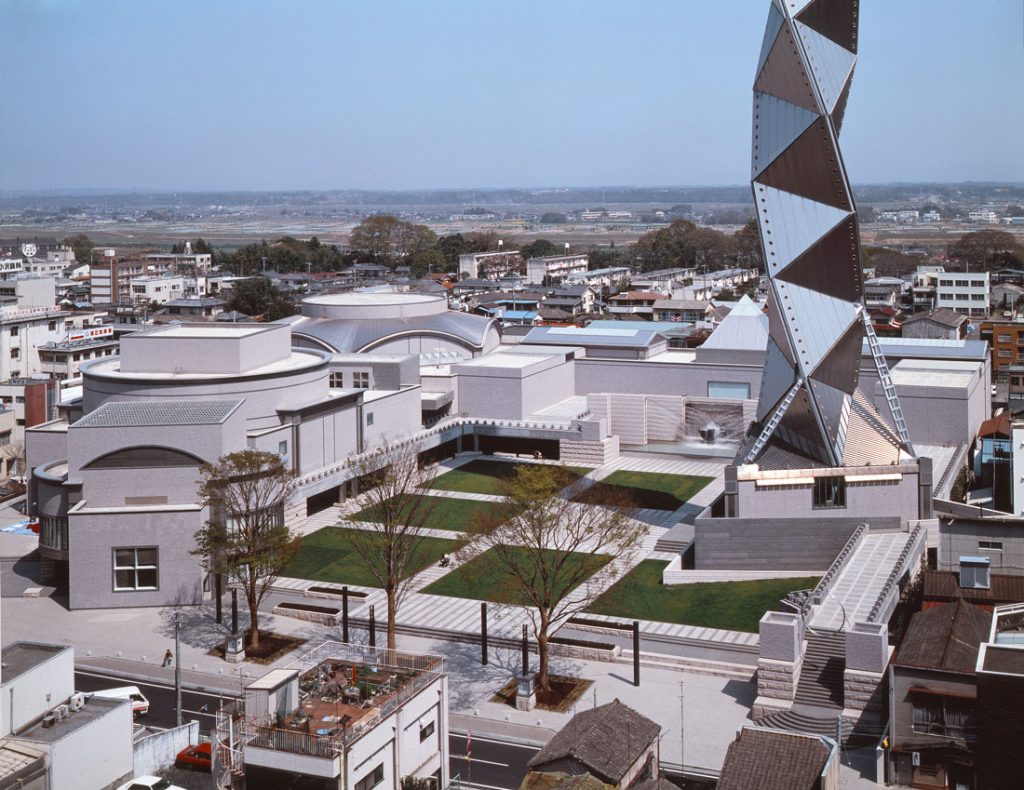
Art Tower Mito, photo courtesy of Yasuhiro Ishimoto
Concludes the Jury: “He has brought together East and West, not through mimicry or as a collage, but through the forging of new paths. He has set an example of generosity as he supports other architects and encourages them in competitions or through collaborative works. For all these reasons, the Pritzker Architecture Prize Jury has selected Arata Isozaki the 2019 Laureate.”
INDESIGN is on instagram
Follow @indesignlive
A searchable and comprehensive guide for specifying leading products and their suppliers
Keep up to date with the latest and greatest from our industry BFF's!

For a closer look behind the creative process, watch this video interview with Sebastian Nash, where he explores the making of King Living’s textile range – from fibre choices to design intent.
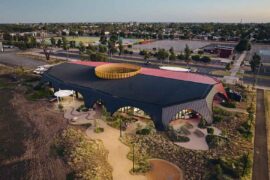
At the Munarra Centre for Regional Excellence on Yorta Yorta Country in Victoria, ARM Architecture and Milliken use PrintWorks™ technology to translate First Nations narratives into a layered, community-led floorscape.
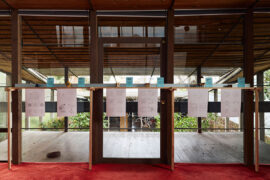
A recent exhibition at the Robin Boyd Foundation in Melbourne invited visitors to think deeply about sheds and what this under-appreciated building typology can teach us about construction and living today.

With the inaugural Glenn Murcutt Symposium set to take place in Sydney in September 2025, Pritzker Prize-winner Francis Kéré receives the Murcutt Pin.
The internet never sleeps! Here's the stuff you might have missed

A calm, gallery-like boutique by Brahman Perera for One Point Seven Four brings contemporary luxury and craft to Strand Arcade.

Tom Mark Henry refines a layered design legacy into a softly sculpted retreat in Redfern, where light, tactility and crafted detail define a new expression of restrained luxury.

For those who appreciate form as much as function, Gaggenau’s latest induction innovation delivers sculpted precision and effortless flexibility, disappearing seamlessly into the surface when not in use.

Merging two hotel identities in one landmark development, Hotel Indigo and Holiday Inn Little Collins capture the spirit of Melbourne through Buchan’s narrative-driven design – elevated by GROHE’s signature craftsmanship.